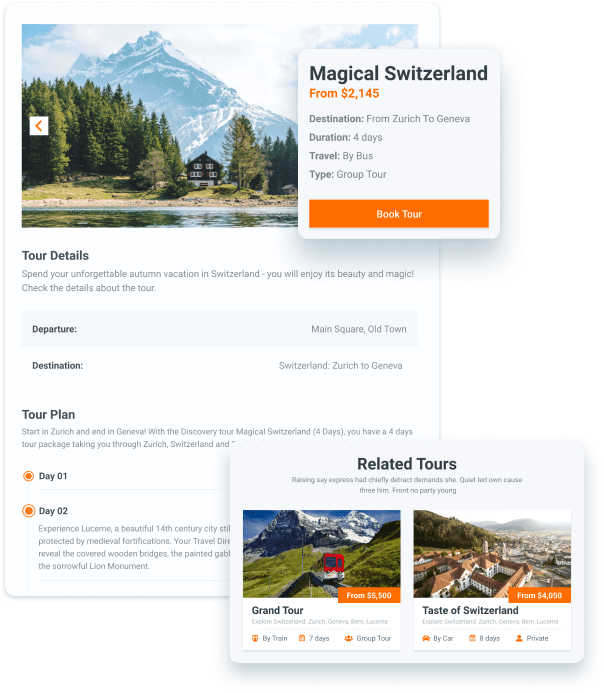Struggling to get work experience or your first client? In this digital age, skills are the key to earning money. However, many people feel trapped in an endless loop: it’s hard to get a job without experience, and it’s hard to get experience without a job. This is where I know fake projects come in as a solution.
Fake projects are a simple yet effective method that allows you to learn independently while building your portfolio without having to rely on clients.
This article will guide you through what a fake project is, how to start one, and how to use it as a powerful weapon to boost your skills and confidence.
What is a Fake Project?
Fake projects are fictitious projects that you create yourself with the aim of learning and honing your skills. Unlike client work or real projects, fake projects do not involve external parties.
But even though it’s fictitious, fake projects should still be designed seriously and close to professional standards, or at least close to the standard of templates or case studies in the real world.
Benefits of creating a fake project
Fake Project can help you practice a lot, but there are also some other benefits, such as;
- Upgrade skills – Learning by doing, when you learn, at the same time directly practised.
- Build a portfolio without clients – The results of your work can appear as a portfolio, this is your initial capital to attract potential clients or recruiters.
- Build Confidence – Fear, Shame or other things are certainly common things faced by beginners, but with practice, your confidence will grow.
- Determine unique creativity – With Fake Project you are free to experiment without fear of being wrong, here you must be able to hone the benchmark of the work you are engaged in.
Steps to Create one
Identify learning objectives
Decide which skill you want to learn or improve, Graphic Design, Digital Marketing or CopyWriting.

Define the Project Concept
Choose an interesting and relevant idea, design a food ordering application or an artist’s portfolio website.
Simulate in real process
Run the project like client work, starting from research, brainstorming, to the presentation of the final result before execution. In this part, our reasoning and imagination are honed, making work that matches the client’s expectations, they will pay according to their expectations.
Execution with the Latest Tools
Use the most popular software or tools in the industry, Figma or other Audio Visual Design.
Evaluation and Reflection
Document the process, How did it go, did it go well? what needs to be improved? Share the end result on platforms like Linkedin or Behance.
fake project idea example
- Website Portfolio – Design and build a website to showcase your work and achievements.
- Time Management App – Digital Product / Ui/Ux Mockup that helps users organise their daily schedule.
- Da’wah Poster Design – Create attractive Da’wah posters for Social Media.
- Product Advertisement Video – Create a Short Video to promote / Da’wah.
- Copywriting for Brands – Write copy / social media content for Da’wah or for yourself.
Do’s and Don’ts on Fake Projects
Although it looks like a playful project, but it doesn’t mean you can do anything, because there is still ethics in making fake project
Do;
- Focus on the learning process, not just the end result.
- Use the latest / most popular tools / software in the industry
- Document all steps to add value to your portfolio
- Make the project results as discussion material on platforms such as linkedin or other professional communities
- Do research and look for many references that are relevant to the results you want to achieve
- When listing fake projects in the portfolio, make it clear that the project is imaginary, and not from a real client.
Don’t;
- Don’t just copy other people’s work without adding value or personal touches
- Don’t be so perfectionist that you never finish the project itself
- Avoid using fake projects to deceive clients, be honest that this is an imaginary project for learning purposes.
- Reflect, learn the things that need to be improved
- Learn only the basics
- Never put a half-finished fake project in your portfolio
Starting work by taking full advantage of the digital environment is most relevant today, learning to create digital products or building websites without coding is an easy field of work for beginners. Creating da’wah content design for mosques, or the businesses of friends, relatives can be a bridge for us to learn even though it is unpaid and all real projects. With this we also learn to understand the basics until finally our project can produce.
Tips for success with fake projects
Tell us about the process – Add your personal opinions or the challenges you faced during the process to create it, it will be an interesting story.
Share it publicly as content – Interesting content on social media as you work on your fake project. Include the stages of work to the final result and what you learnt to attract the audience’s attention.
Well, how about it, you’re not confused anymore, right? You can start right away by creating a fake project as your learning process. Now you have everything you need to know to build an attractive portfolio without having to wait for a client.
With fake projects, you can show your skills in real time and be ready for professional work. Remember, your portfolio is your first investment in building your career, so make the most of it.
Thank you for reading this article, hopefully it will be useful and inspire your next steps. Don’t hesitate to move forward, grow and develop, hopefully one day big clients will come your way.

